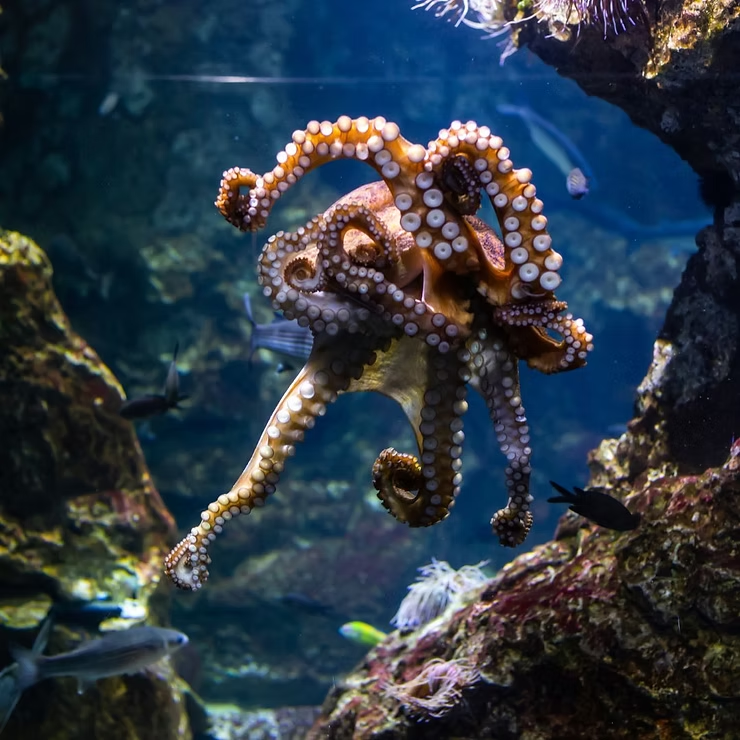Citizen Science and Marine Conservation
Citizen science is transforming how we understand and protect the natural world, especially in marine ecosystems. It allows everyday people to participate in scientific research, gathering vital data that informs conservation strategies. Whether on a beach, in a backyard, or online, individuals play a key role in protecting marine life and shaping a sustainable future.
Why Citizen Science Matters
At its core, citizen science invites individuals to engage directly in research. No degree is required—just curiosity and a willingness to observe, record, and share. This approach not only deepens public understanding of marine ecosystems but also empowers people to contribute to real-world solutions.
- Encourages community participation in conservation
- Provides large-scale data for scientific research
- Helps influence policies that protect marine species
Real Impact Through Citizen Science
Examples of Success
- Beachgoers assist turtle conservation by reporting nests and hatchlings.
- Backyard birdwatchers provide essential population data during global bird counts.
- CoastSnap projects turn smartphone photos into coastal monitoring tools.
These collective efforts show how small contributions add up to meaningful conservation outcomes.
How to Get Involved
Choosing the Right Project
Find a project that fits your lifestyle and interests. From turtle monitoring to water quality testing, opportunities are diverse and accessible. Many programs offer training so beginners can get started with confidence.
Essential Tools
- A field guide to marine species
- Waterproof notebook and pen
- Binoculars or camera for observations
- Apps like iNaturalist or CoastSnap
Observing Marine Life
Accurate observations of animal behavior and habitats are crucial. Recording details such as time, location, and environmental conditions provides researchers with reliable information that supports long-term studies.
Citizen Science Across Species
Turtle Conservation
Marine turtles depend on public monitoring to track nesting, hatching, and migration. Volunteers support programs by logging sightings, protecting nesting sites, and cleaning beaches to reduce threats from debris.
Bird Surveys
Events like the Great Backyard Bird Count transform casual birdwatching into valuable data collection. Tracking bird numbers reveals population trends and signals changes in ecosystem health.
Frog Studies
Amphibians are key environmental indicators. Local initiatives encourage volunteers to document frog sightings, habitats, and behaviors, contributing to climate and water health research.
Conservation from Home
You don’t need to be in the field to make a difference. Online platforms allow volunteers to analyze photos, track migration data, or share local observations from their backyard. Virtual projects expand participation, ensuring anyone can contribute.
Shaping Policy Through Data
The data gathered by citizen scientists informs conservation policies and land-use management. From Canada’s bird monitoring programs to local council initiatives on the Sunshine Coast, citizen contributions have already influenced decisions that protect critical habitats.
The Future of Citizen Science
New technologies are expanding possibilities. Drones, AI, and mobile apps enhance data collection and analysis, while global networks of volunteers connect communities across continents. These innovations promise more accurate, inclusive, and impactful conservation efforts.
Conclusion
Citizen science proves that conservation is not just for experts—it’s for everyone. From counting birds to snapping beach photos, each contribution strengthens our understanding of marine ecosystems. Together, citizen scientists form a powerful movement safeguarding the ocean for generations to come.

